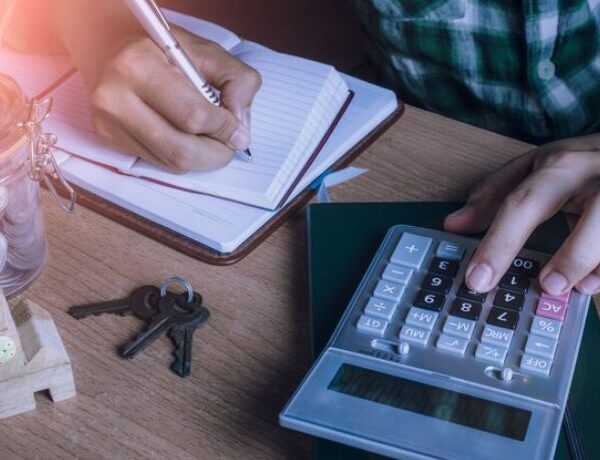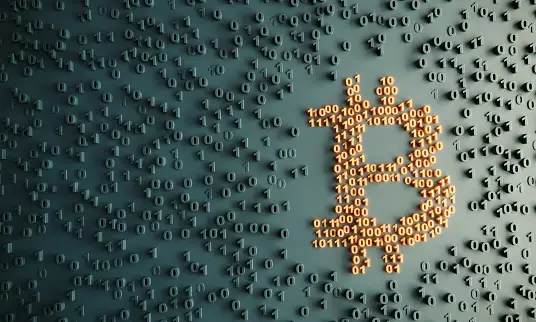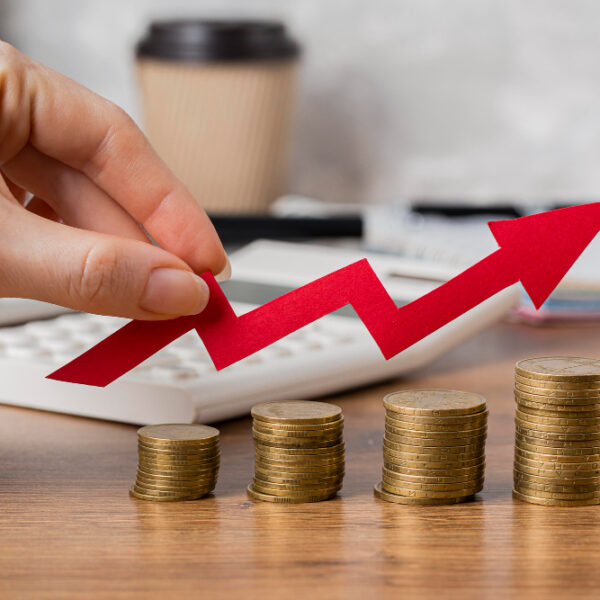
Rising Wedge & Falling Wedge
Chart Patterns for Intraday Trading The rising wedge pattern is a technical bearish chart pattern that indicates a forthcoming downside breakout. The support line has a sharp slope than the resistance line. This suggests that higher lows are forming faster than higher highs. If the rising wedge appears after an uptrend, it is typically a bearish reversal pattern. Price action forms new highs, but at a much slower rate than price action forms higher lows.
If it forms during a downtrend, ait may indicate that the downtrend will continue. Price began in a downward trend before consolidating and drawing higher highs and even higher lows. The price broke lower, and the downtrend continued. That is why it is known as a continuation signal.
A Falling Wedge is a technical bullish chart pattern that forms during an upward trend, with the lines sloping downward. Depending on where it appears on a price chart, the falling wedge can also be used as a continuation or reversal pattern.
The falling wedge is a reversal pattern that appears during a downtrend. It happens when the price makes lower highs and lower lows, forming two contracting lines. The falling wedge usually precedes an upward reversal, which means you can look for potential buying opportunities.
Head-and-Shoulders & Inverse Head-and-Shoulders
The Head and Shoulders pattern is a bullish-to-bearish price chart pattern that assists traders recognize when a trend is about to reverse.
This pattern is ascertained when a security’s price action exhibits the following characteristics:
- The pattern forms after long bullish trends in which the price rises to a peak and then falls to form a trough.
- The price again rises to form a second high that is significantly higher than the initial peak, and then falls again.
- The price finally rises for the third time, but only to the level of the previous peak before falling again.
The shoulders are formed by the first and third tops, while the head is formed by the second peak. The neckline is defined as the line connecting the first and second troughs. The head and shoulders pattern has historically proven to be fairly reliable. It’s also one of the most well-known chart patterns. No chart pattern is perfect, but when the head and shoulders pattern correctly signals a major trend change, it represents a correspondingly large profit opportunity.
The Inverse Head and Shoulders pattern is similar to the standard Head and Shoulders pattern, but it is inverted. The inverse head and shoulder chart pattern is used to forecast downtrend reversals.
This pattern is ascertained when a security’s price action exhibits the following characteristics:
- The pattern begins with a long downtrend, then the price starts rising to form a peak.
- The price falls again, forming a second trough significantly below the initial low, before rising again.
- The price falls a third time, but only to the level of the first trough, before rising again and reversing the trend.
- Finally, after the completion of an Inverse Head and Shoulders pattern indicates a bullish trend reversal.
The shoulders are formed by the first and third troughs, while the head is formed by the second peak. A move above the resistance, also known as the neckline, is interpreted as a signal for a sharp upward move. Many traders look for a significant increase in volume to confirm the validity of the breakout. Volume is typically highest during the first two declines, and then decreases through the right shoulder. In an ideal world, the two shoulders would be the same height and width.
Bullish/Bearish Chart Patterns for Intraday Trading Flag Formation
It is a trend continuation pattern that gets its name from its visual resemblance to a flag on a flagpole. The pattern begins with a pole formation, which represents a nearly vertical and steep price move. Following the steep rise, candlesticks contained in a small parallelogram by forming a flag pattern.
Bearish Flag formation
A bear flag pattern can be seen in a down trending stock. It is a continuation pattern in which the previous drop is only slightly retraced. This shows that there are more selling pressure pushing prices down rather than up, and that the downward trend will continue. When the lower trendline breaks, panic sellers emerge as the downtrend resumes another leg downward.
Bullish flag formation
A bull flag pattern appears as a brief pause in the trend after a significant price increase. The pattern resembles a downward sloping channel denoted by two parallel trendline pointing in the opposite direction of the previous trend. Volume should decline during this period of consolidation and resolve to push higher on the breakout. The bull flag’s actual price formation resembles that of a flag on a pole, hence its name.
Double Top & Double Bottom
The Double Top pattern is similar to the M pattern and indicates a bearish reversal. When it reaches this level, the momentum will shift back to bullish, forming the second peak. To confirm the double top pattern, the trend must retrace more than it did after the initial retracement following the first peak. This frequently indicates that the price momentum has broken through the neckline level of support and that the bearish trend will continue for a medium or long period of time.
The Double Bottom Patterns are opposite of double top formation and are similar to the W pattern which indicates a bullish reversal. The double bottom formation formed by two consecutive rounding bottoms can also imply that investors are tracking the security in order to profit from its last push lower toward a support level. After a strong downtrend, the first low is formed, and prices retrace back to the neckline. After returning to its neckline, the price turns bearish and falls once more to form the second low. ance level, the bullish trend has reversed and traders can enter a long position.
Triple Top & Triple Bottom
Triple Top is one of the patterns that can help predict asset price movement reversal. The triple top formation is a pattern that has three peaks in a similar price range, followed by a pullback; below support. The presence of the Triple Top indicates the existence of an uptrend that is currently reversing into a downtrend. The buyers were long in control and making gains in an uptrend, but the fact that the buyers failed in three consecutive attempts to break higher, amplifies the reversal. These failures leave buyers exhausted and vulnerable, providing an opportunity for sellers to recoup previous gains. The likelihood of a neckline break increases after the third unsuccessful attempt to break the resistance.
The Triple Bottom chart Pattern
usually forms after a prolonged downtrend in which bears take hold of the market. The sellers have hold of the market, but they are not able to lower the price below the support level. The bulls take control at the support level, and the price begins to rise but encounters resistance at a certain point. The bulls cannot push the price above the breakout point. As the price hits the resistance level, the bears seize control and drag the market down towards the support level, but they do not have enough momentum to take it below the support level.
Symmetrical
A symmetrical triangle is a chart formation in which the slope of the price highs and the slope of the price lows converge to form a triangle. What’s happening is that the market is making lower highs and higher lows during this formation. This indicates that neither buyers nor sellers are pushing the price far enough to establish a clear trend. If this were a battle between buyers and sellers, it would end in a tie.
During this period, buyers appear to be unable to exceed a certain level. However, as evidenced by higher lows, they are gradually raising the price. In most cases, the buyers will dominate, and the price will break through the resistance level. However, this is not always the case. Sometimes the level of resistance is too high, and there is simply not enough run-up to push it through. The majority of the time, the price will rise






